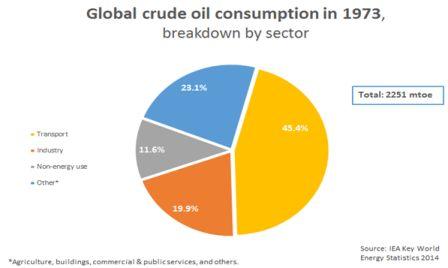Oil prices are forecast to rise to $56 a barrel in 2018 from $53 this year as a result of steadily growing demand, agreed production cuts among oil exporters and stabilising U.S. shale oil production, while the surge in metals prices is expected to level off next year, the World Bank said on Thursday.
Prices for energy commodities – which include oil, natural gas, and coal — are forecast to climb 4 percent in 2018 after a 28 percent leap this year, the World Bank said in its October Commodity Markets Outlook. The metals index is expected to stabilise in the coming year, after a 22 percent jump this year as a correction in iron ore prices is offset by increased prices in other base metals. Prices for agricultural commodities, including food commodities and raw materials, are anticipated to recede modestly in 2017 and edge up next year.
“Energy prices are recovering in response to steady demand and falling stocks, but much depends on whether oil producers seek to extend production cuts,” said John Baffes, Senior Economist and lead author of the Commodity Markets Outlook. “Developments in China will play an important role in the price trajectory for metals.”
The oil price forecast is a small downward revision from the April outlook and is subject to risks. Supplies from producers such as Libya, Nigeria, and Venezuela could be volatile. Members of the Organisation of the Petroleum Exporting Countries (OPEC) and other producers could agree to cut production further, maintaining upward pressure on prices.
Conflicts in South Sudan, Yemen and Nigeria have driven millions of people from their homes and left millions more in need of emergency food.
The World Bank’s Commodity Markets Outlook provides detailed market analysis for major commodity groups, including energy, metals, agriculture, precious metals, and fertilizers. The report includes price forecasts to 2030 for more than 45 commodities. It also provides historical price data and supply, demand, and trade balances for most commodities.
